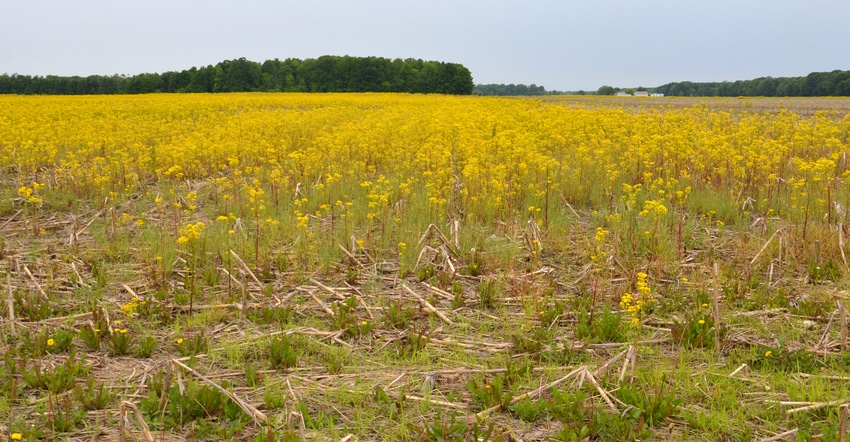
If you haven’t signed up for 2019 farm programs, Steve Brown urges you to do so soon. “Make an appointment with your local FSA office now,” says Brown, Indiana state director of the Farm Service Agency.
“Our office staff simply could not handle the load if everyone waits until early March,” he adds.
The sign-up deadline is March 15. Farmers will select one of three options: Agriculture Risk Coverage-County, Payment Loss Coverage or ARC-Individual. When you make your program election for the 2019 program year, the same election is effective for 2020.
Here are questions farmers have asked while making program decisions. Brown and Kaitlin Myers, FSA state program specialist, provided answers.
If ground is split 50-50 between two farmers, can one farmer enroll his 50% in one program and the other enroll his 50% in another? The answer is, “No.” Both parties must agree on their election crop by crop on a given farm. Technically, they could choose ARC-County for one crop and PLC for another crop. But both parties must agree and choose one program for the same crop.
If a farmer had a failed crop, never harvested it, and planted another crop which was harvested, how is that figured into the calculation? Does the failed crop count as zero revenue like prevented planting? This situation might arise if you’re considering ARC-Individual. Say you planted corn and it failed. Corn was the initial crop planted and you didn’t harvest it, so there was zero revenue. We would use zero in the calculation for revenue in ARC-Individual, even if you later planted and harvested soybeans.
How would the situation in the preceding question be handled for history purposes when certifying acres? We would certify the field as initially planted to corn and failed on your farm, then add that soybeans were planted subsequently. Let’s say that you replanted corn after the first crop failed and harvested the replanted corn. We would make notations of the replant on the map but not record it in our system. The field would be recorded as corn with the initial plant date.
How should a producer enroll specialty crops, such as cucumbers, green beans or tomatoes, in farm programs? We only look at base crops. Specialty crops are not considered base crops. If you have a base crop, such as corn, soybeans or wheat on the farm where you grow specialty crops, you could still enroll the farm.
How would specialty crops affect base acres for payment purposes? You could plant specialty crops on what’s considered “free” acres without penalty. For ARC-County and PLC, we pay on 85% of base acres. The other 15% are “free” to be planted in other crops. For ARC-Individual, we pay on 65%, with 35% “free” acres. However, there is a fruit and vegetable reduction clause.
Here’s an example: Suppose you have a 200-acre farm but only 100 acres of a base crop. You sign up for ARC-County or PLC, so we would pay on 85 acres. You could plant 115 acres of fruits and vegetables without a payment reduction applied.
About the Author(s)
You May Also Like




